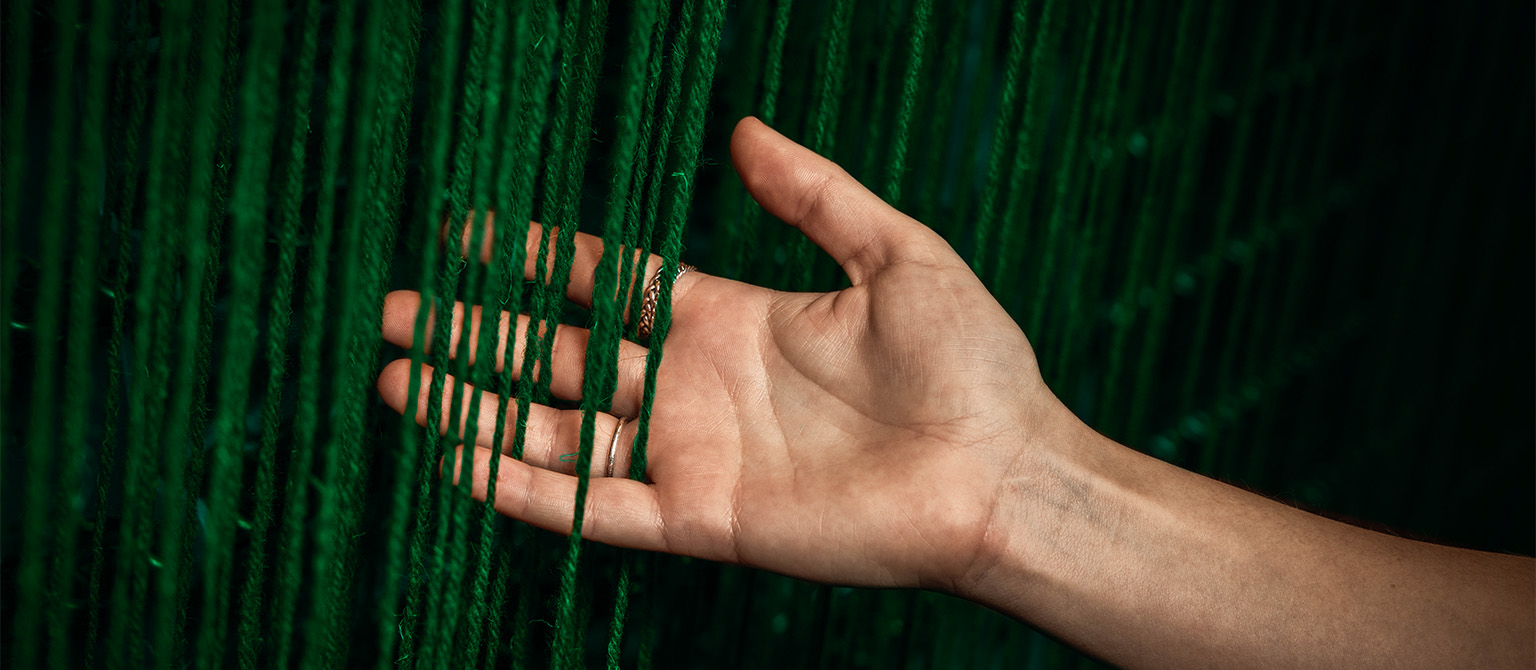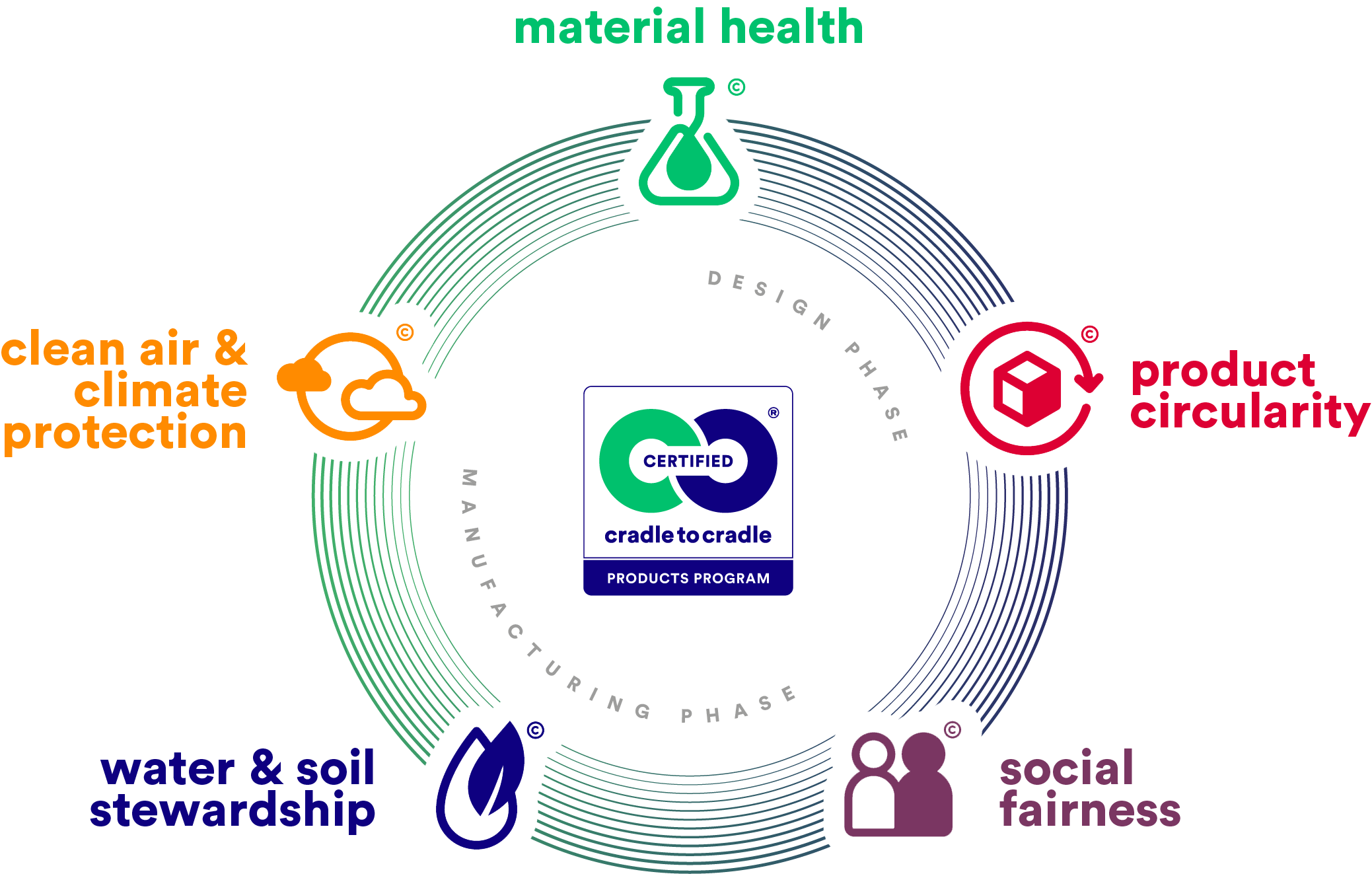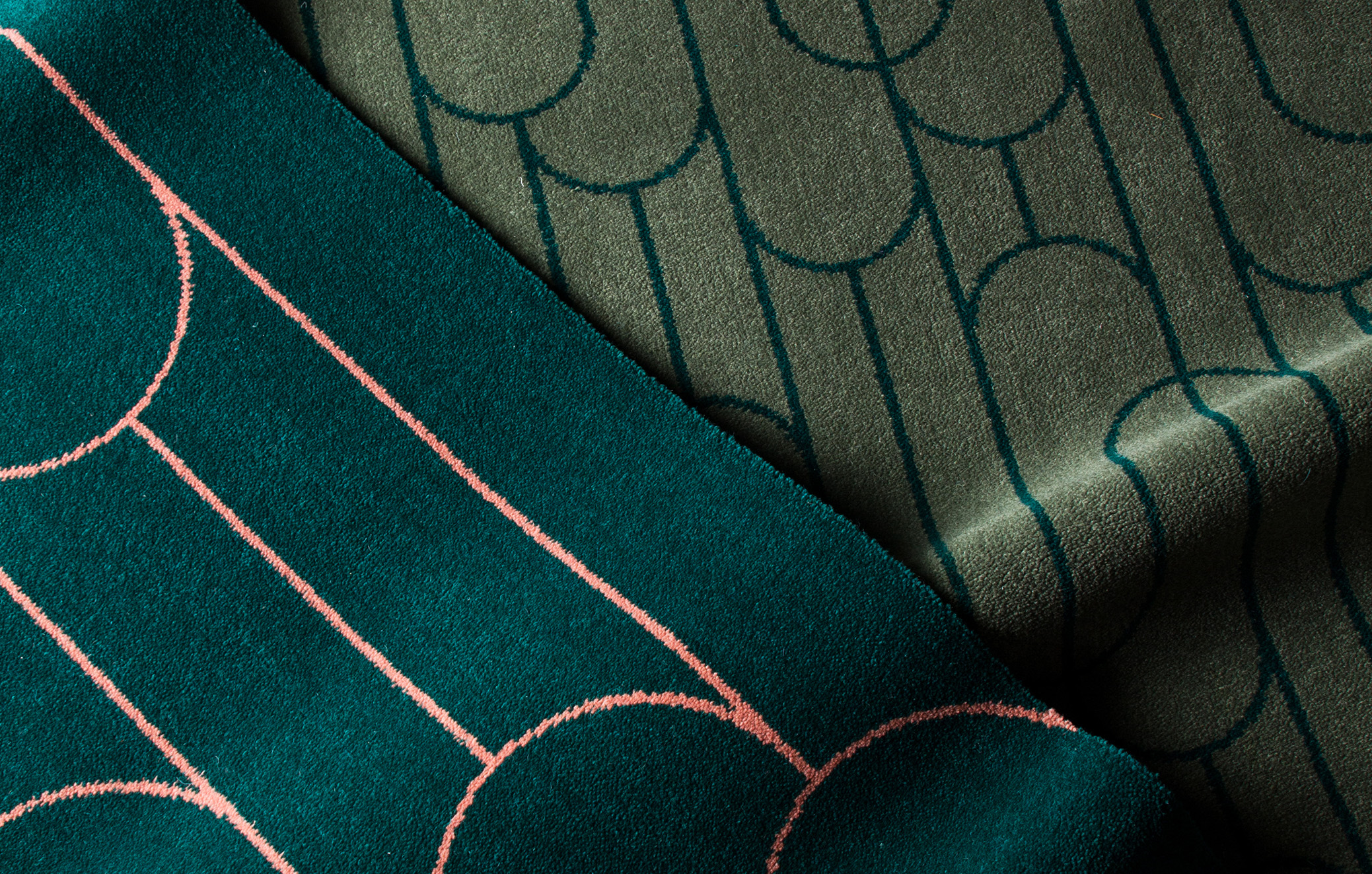NEWS /
An interior designer’s perspective on responsible sourcing
What should interior designers consider regarding responsible sourcing, and where should they start? We spoke with Ren DeCherney, Global Lead for Built Environment at the Cradle to Cradle Products Innovation Institute, to get her insights and recommendations.




